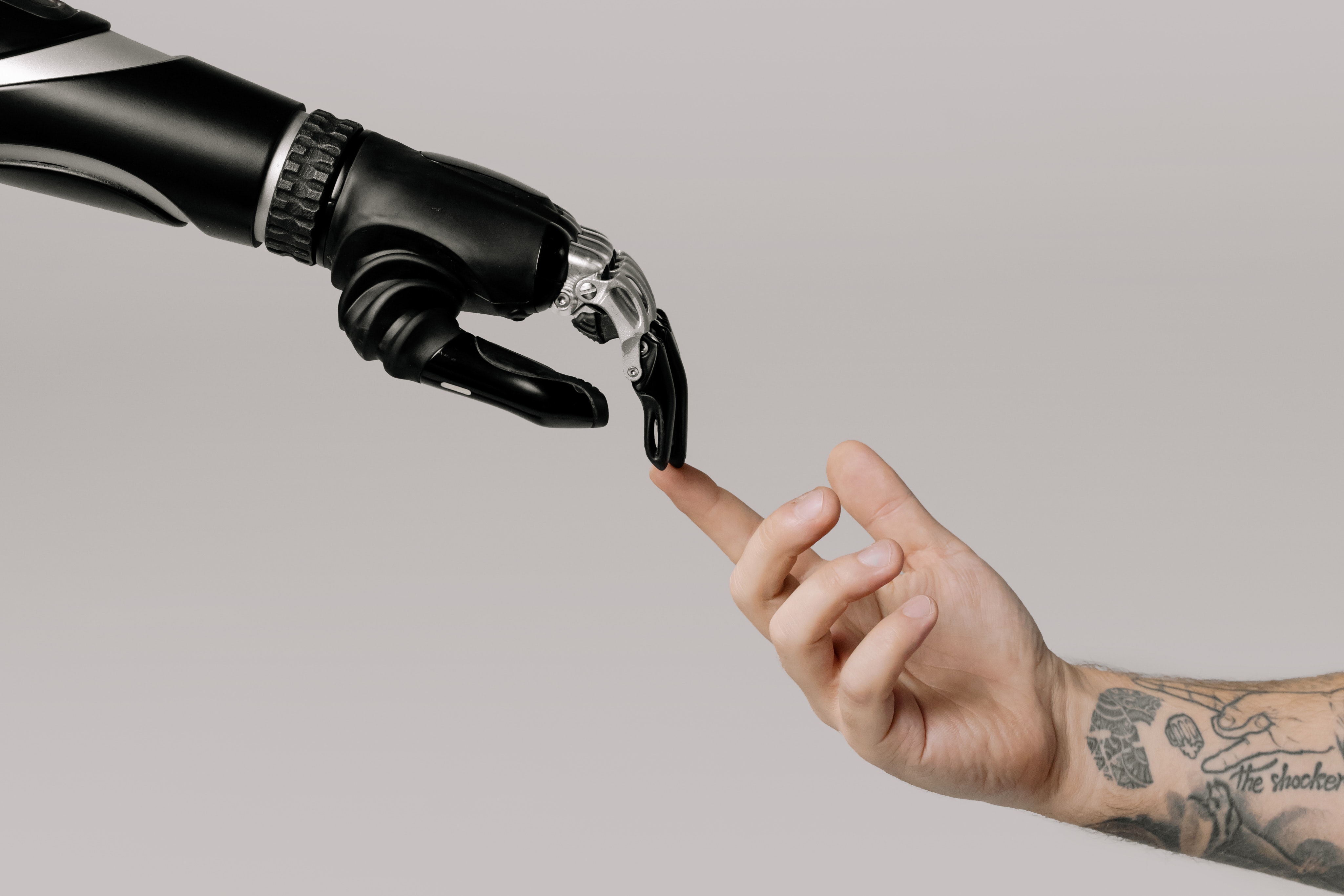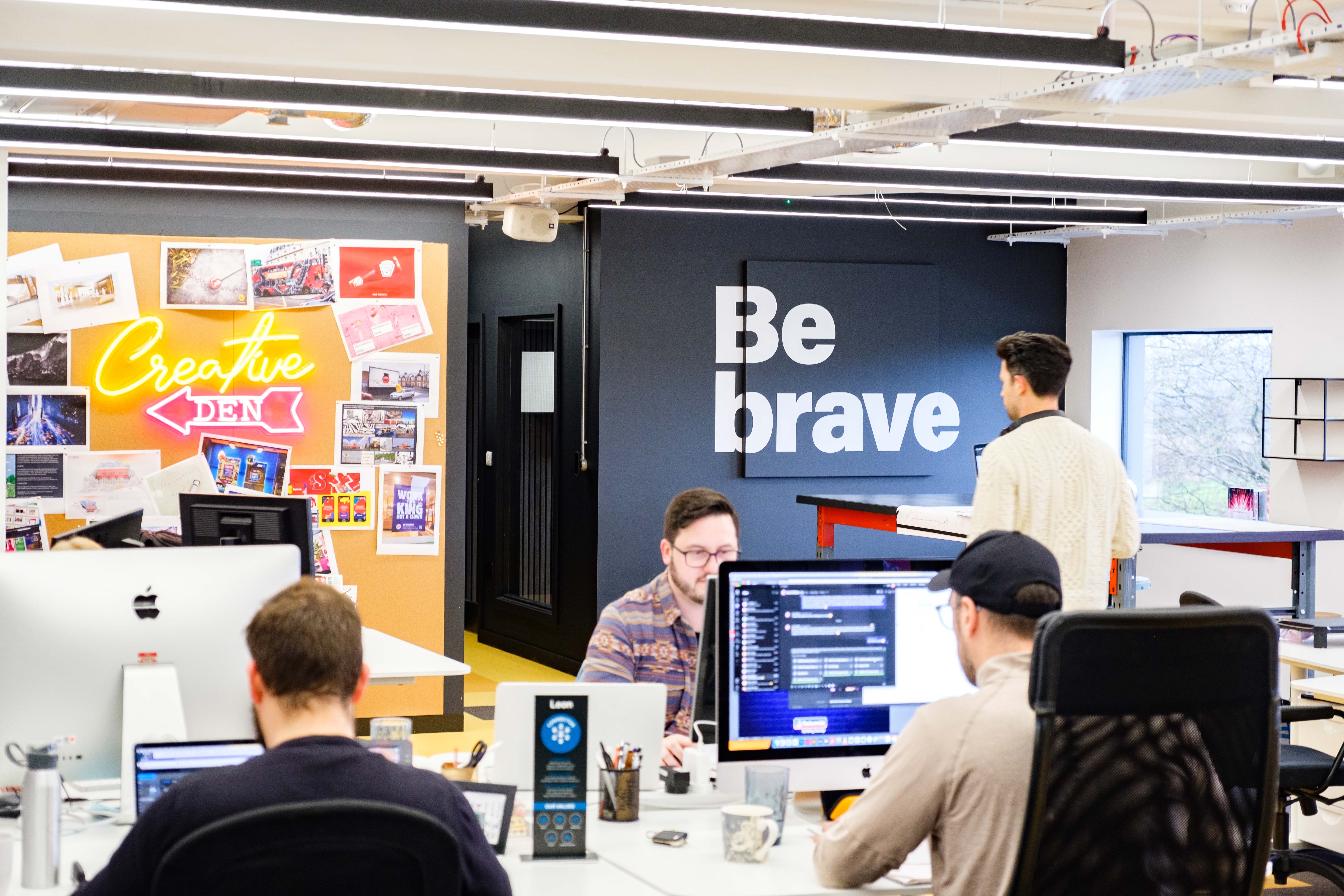I'm sure you're on this knowledge hunt because you, your coworker or your CMO were interested in understanding what the shift in web means for your company's marketing initiatives. Or you're simply doing your due diligence on keeping up with what's happening in tech, and thought you should brush up on what Web3 means.
While the tech industry's performance is constantly in flux (recent fall of crypto, uncertainties behind the metaverse, hoards of tech layoffs just to name a few), Web3 is still something to keep on your mind - Not for what it is functionally, but for recognizing where things are shifting and what people (or your audience) are actually wanting from their digital experience.
After reading this blog, you should have a surface level understand of Web3 and how it can play into the future marketing landscape.
A Quick Vocabulary List
- Blockchain: Blockchain is a way for digital and virtual information to be stored and transferred while keeping a record of transactions. This is used for metaverse and cryptocurrency functions. Action on blockchain is immutable.
- Cryptocurrency: Cryptocurrency is a digital or virtual currency or asset secured by code (cryptography) based on a large network of computers. The nature of crypto is that it isn't controlled by a governing body, hence the term "decentralization" that tends to be associated with the currency. The data for crypto is usually based in blockchain technology.
- NFTs: Non Fungible Tokens (NFTs) are representations (or digital receipts of copyright) of digital or real artwork stored and recorded on blockchain. Through blockchain, NFTs are able to be bought and traded securely without the worry of replication. NFTs are purchased with cryptocurrency.
- Metaverse: The metaverse is a conceptual part of Web3 where users can interact together online and through VR. In the proposed metaverse, a user's identity is centralized into a single profile that can hop between digital worlds seamless. Currently, metaverse has a more simplistic shape of VR and digital experiences in interactive worlds. Some of the metaverse is built on Blockchain while other portions are not.
- Web3: the new version of the internet focused on decentralization, moving away from traditional webpages and their static interactions and centralizing the user experience. The culmulation of metaverse, blockchain technologies and evolving user experiences.
Now, A Very Quick History Lesson
Web 1.0 - (1989-2005) first version of the web, read-only, static xHTML sites
Web 2.0 - (1999-2010) social media, participating and contributing to content creation, origin of FAANG
Web 3.0 - (2010 - ongoing) decentralization, permissionless, centralization of user experience, machine learning and AI
Ok, now let’s talk about Web3
Imagine being in the mid 2000’s explaining to someone today’s version of the internet - that’s kind of where we are with understanding the true fruition of web3.
Back in the day, we had early versions of social media platforms and forums (think myspace and blogs), but nothing as robust or prevalent as Instagram, Tiktok or Twitter. web1 was about carving out little niches for yourself in blogs and forums. Web2 started emphasizing the social aspect of media with Facebook, Twitter and Instagram. Now, parts of web3 are definitely alive and growing, but the potential and the reach has yet to be fully realized. You can see the shift into web3 as we change how we function around machine learning softwares, decentralization and omnichannel approaches leading to a unified user experience.
There’s been lots of pitches for what it is projected to be: from unified user experiences, to a crypto and NFT forward market with everything built on blockchain, to seamless interactive virtual worlds. The issues with web3's proposed method is the reliance upon blockchain, an immutable and material-intensive method of storing and transforming information, as well as new legal and regulatory risks.
Web3 is the shift from the internet as we know it, changing the structure and how it functions. The internet is getting a face lift - it won’t happen overnight, but it will certainly change how we start to think and interact with our online presence.
How this applies to your brand: Think like the Future.
There is a lot of pessimism around the current shape of web3, but that shouldn’t prevent you from thinking like the future of the internet. In fact, this shift did not come out of thin air. It came from disgruntledly-inspired people looking for a better interaction with digital worlds. The desire for evolution exists and we see it happening regularly in articles covering privacy, the impending cookie-less landscape and customized content experiences. Digital consumers are demanding change.
While your brand may not need to jump on the blockchain-metaverse-web3-hype-bandwagon because there’s not a product fit yet (in my humble opinion, I wouldn’t push something that doesn’t make sense.) Some key takeaways are to start looking at your digital user experience with the following things in mind, as presented by the conceptual version of web3:
- Interactive content focusing on user engagement as the KPI
- Prioritizing streaming and videos as we welcome younger generations onto the web
- Creating a cohesive brand narrative across channels, unifying the experience
- Digitizing experiences where it matters
- Efficient, hyper targeted interactive advertising strategies no longer relying upon cookies
Hope this insight inspires your brand to take some risks as we approach the new normal.
/DRPG%2045th%20Anniversary/DRPG%2045th%20White%20-%20No%20Text.png)


 Back
Back





